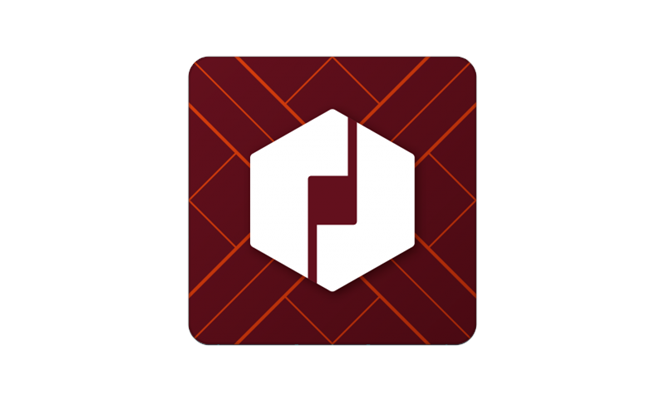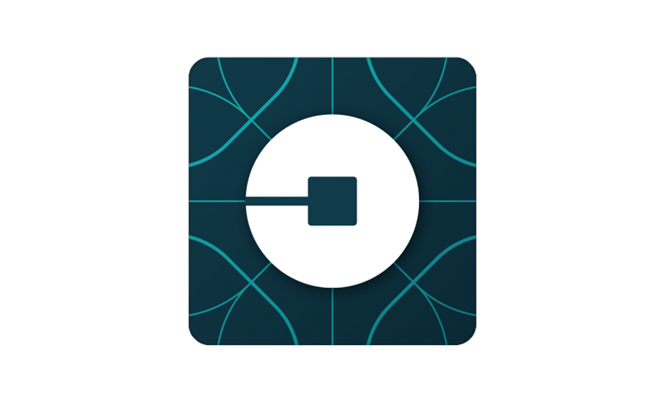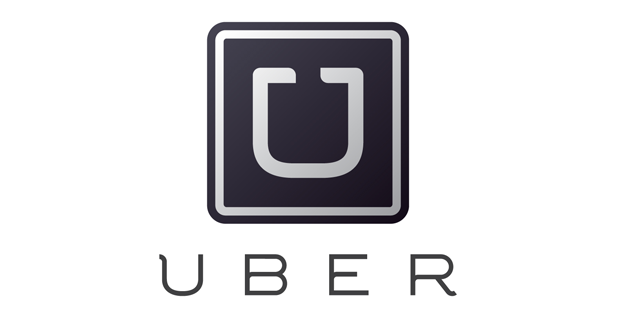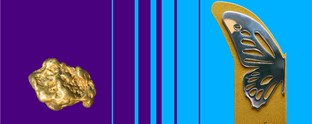Uber friendly, uber fast: Uber rebrand
Once upon a time, people got from A to B by hailing a taxi and paying the driver in cash once the journey was complete. Uber’s business model has turned this age-old tradition on its head, using apps on smartphones as a way to pair ‘riders’ with ‘partners’ without the inconvenience of visiting a cashpoint.
Uber's new visual identity, designed largely by its co-founder and CEO, Travis Kalanick, along with the Uber design team, marks a serious departure from the simplistic, monochrome vector which came to characterise the still-young company.
With the company now prevalent across 65 different countries, the new design is intended to be more flexible according to regions, with the five standard designs open to change according to your area. Respecting the localised aspects of what has become a global corporation is an intrinsic part of the Uber rebrand; its forward-thinking credentials are what drives its impressive turnover.
Previously a squared-off ‘U’ above the UBER brand name, the app icon has transformed into a more complex visual, designed to reflect the ‘bits’ and ‘atoms’ which the company employees felt made-up Uber’s brand identity. Eschewing the company name altogether in its new app design, the new visual has also foregone its ‘cold’ black and silver colour scheme, to be replaced with a softer, less harsh turquoise and light blue.
The app icon also now differentiates according to the user, with the geometric shape at its middle appearing as a hexagon when the app is used by a company partner; for a rider, this is a square.
Regardless of the controversy surrounding Uber’s new identity and app design, a revamp of the user interface might be a cause for celebration. The new design provides a straightforward login screen, location provider and sidebar, bringing the geometric shape theme into consistency with the Uber website. A change in wordmark also lends a clarity and legibility to the company, traits consistent with Uber’s internal brand expectations.
The overall reaction to Uber’s drastic shift in visual identity and brand story remains to be seen. It is certain, however, that its journey away from being just a one-app service has begun.















